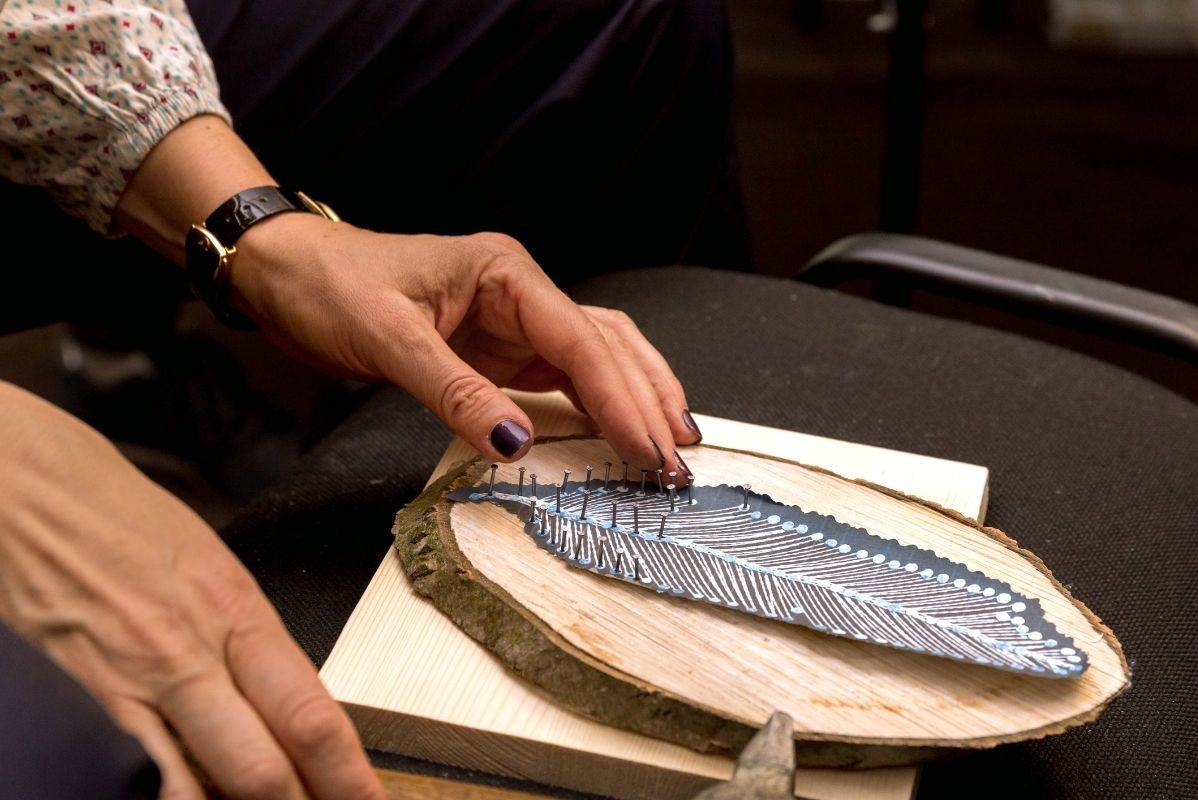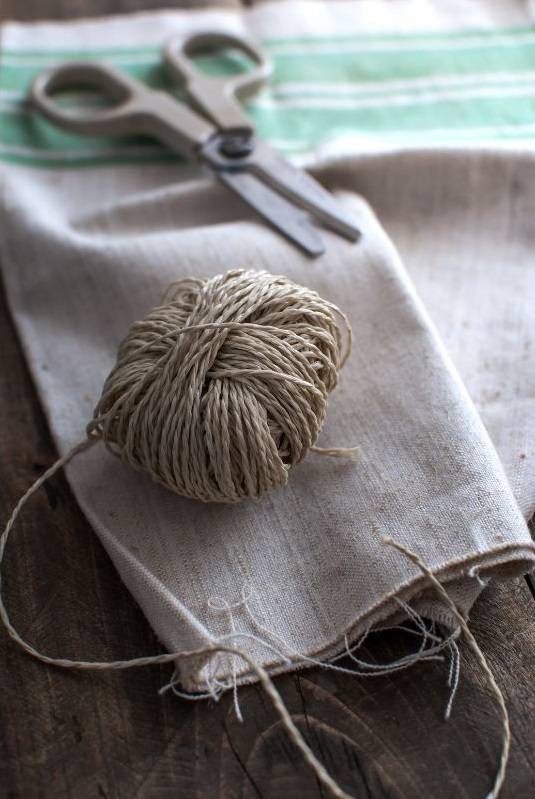Sustainability in Craft and DIY: Make Better, Waste Less
Rethinking Materials, Methods and Waste in Handmade Space

Innovation & Quality
Developing and supplying premium-quality, sustainably grown, consumer products
100% Natural
Organically Grown and Ethically Sourced
hemp and other natural fiber products
Shipping
We offer fast shipping
Your order out within 1-3 days
Wholesale
Visit our wholesale portal to register or login to your account
Table of Contents:
What Makes Craft Truly Sustainable?
Eco-Friendly Crafting Materials You Can Use
Reduce Waste with Smarter Project Planning
How Does DIY Help the Environment?
Common Materials and What to Replace Them With:
How Crafters and DIYers Can Practice Sustainability Every Day
Tips for Teaching Kids and Beginners About Sustainability in Craft
Inspiration from the Maker Community
Explore the Hemptique Knowledge Base
Hemptique: Sustainable Fiber Supplies for Conscious Makers
What Are Eco-Friendly Crafts?

Why Sustainability Matters in Crafting Today
What Makes Craft Truly Sustainable?
- It’s made from materials that are renewable, biodegradable or responsibly recycled
- It’s produced using low-impact or ethical methods
- It serves a purpose for a long time or returns safely to the environment at the end of its use
Key Elements of Sustainable Crafting
- Material choice: Use plant-based, renewable fibers (like hemp, flax, cotton or wool) instead of synthetic options
- Non-toxic processing: Avoid harsh chemical dyes, plastic finishes or adhesives that pollute water and soil
- Project lifecycle: Plan with longevity or compostability in mind. Can the item be reused, gifted or safely discarded?
Eco-Friendly Crafting Materials You Can Use
Natural Fibers for Crafting
- Macramé and knotting
- Weaving and wall hangings
- Gift wrapping and tags
- Garden twine and floral work
Recycled and Upcycled Supplies
- Recycled paper or cardboard for cards and packaging
- Fabric scraps from previous sewing projects
- Glass jars, cans or wood remnants for functional upcycling
Low-Toxic or Natural Finishes
- Natural dyes (like avocado pits, turmeric or indigo)
- Soy-based or beeswax coatings
- Water-based glue instead of solvent-based


Reduce Waste with Smarter Project Planning
- Cut materials with purpose: Sketch, measure and plan before cutting yarn, fabric or cord to reduce offcuts.
- Reuse leftovers: Keep scraps organized and reuse them in smaller projects like gift wrap, tags, or swatches for dye tests.
- Choose versatile designs: Instead of trendy patterns, create items that serve more than one function like reusable storage baskets, drawstring bags or seasonal décor that you bring out year after year.
- Use long-lasting finishes: Seal and protect items with water-based varnishes or beeswax to extend their usable life.
- Preserve tools and materials: Store cord, yarn and natural twine properly to prevent tangling or mildew. Our guide on How to Store Linen Cord and Thread includes storage tips that apply to all natural fibers.
How Does DIY Help the Environment?
- Avoiding mass-produced items with heavy packaging
- Allowing for creative reuse of materials that would otherwise be discarded
- Replacing disposable goods with reusable alternatives (like cloth wraps, natural scrubbers or beeswax bags)
- Encouraging people to buy less and make more with what they have
Common Materials and What to Replace Them With:
- Acrylic yarn → Replace with hemp, cotton or bamboo yarn
- Plastic beads or buttons → Use wooden, glass or recycled metal accents
- Synthetic ribbon or twine → Swap for natural hemp cord, linen thread or cotton tape
- Foam and plastic forms → Try cardboard, wood or fabric-covered structures
- Petroleum-based glue → Look for plant-based adhesives or water-based glue
- Glitter or microplastics → Choose natural alternatives like crushed shells or plant-dyed paper bits
How Crafters and DIYers Can Practice Sustainability Every Day
How Does Crafting Contribute to Sustainable Living?
- Resourcefulness: You’re more likely to reuse materials, repurpose packaging or fix what’s broken instead of replacing it
- Mindful consumption: Making your own goods means you shop more intentionally, often buying fewer things overall
- Community sharing: Swapping materials with other makers and supporting local suppliers cuts down on waste and shipping
How Can Handicrafts Promote Sustainable Development?
- Supporting local economies and ethical labor
- Using locally sourced, natural materials
- Passing down heritage skills that reduce dependency on industrial systems
- Encouraging repair and reuse over replacement
Tips for Teaching Kids and Beginners About Sustainability in Craft
- Use what’s on hand: Start with scrap fabric, cardboard, jars or twine before buying new supplies
- Talk about materials: Explain the difference between natural and synthetic fibers, and what happens to each after disposal
- Highlight reuse:Make gift tags from cereal boxes, turn old clothes into yarn or repurpose containers as storage
- Choose simple, useful projects: Create items that have a function like bookmarks, bags, or household items, rather than disposable décor
- Celebrate the imperfections: Help beginners see that handmade doesn’t have to be flawless to be meaningful, useful or beautiful
Inspiration from the Maker Community
- Zero-waste weaving and sewing: Some fiber artists design their patterns to use up every inch of fabric or yarn
- Natural dyeing experiments: Crafters share plant-based dye recipes using onion skins, avocado pits, and marigold petals
- Community swaps and secondhand supplies: Groups organize material swaps, donate leftover, or source tools secondhand
- Upcycled product lines: Etsy sellers and indie shops are building brands around repurposed denim, recycled thread or salvaged wood
Explore the Hemptique Knowledge Base
- How to store natural cords and threads without causing damage
- The difference between waxed and unwaxed thread for crafting
- Yarn and twine guides based on material, use case and compostability
- Step-by-step DIY tutorials that make use of leftover fiber, cord or yarn

